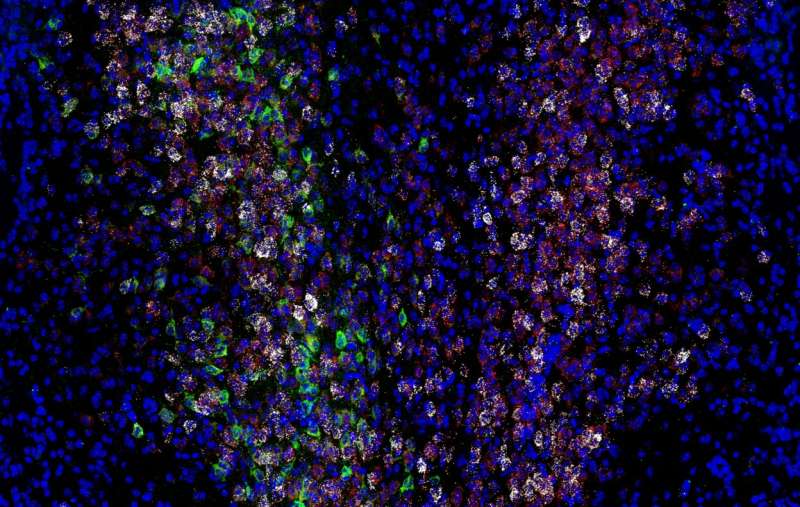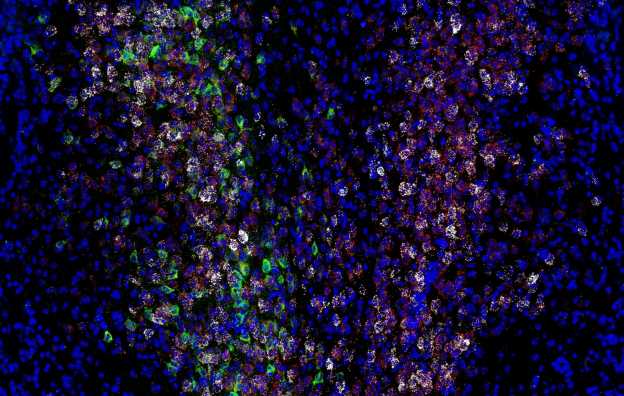
Researchers at the Salk Institute and colleagues have discovered the molecule in the brain responsible for associating good or bad feelings with a memory. Their discovery, published in Nature on July 20, 2022, paves the way for a better understanding of why some people are more likely to retain negative emotions than positive ones—as can occur with anxiety, depression or post-traumatic stress disorder (PTSD).
“We’ve basically gotten a handle on the fundamental biological process of how you can remember if something is good or bad,” says senior author Kay Tye, a professor in Salk’s Systems Neurobiology Laboratory and a Howard Hughes Medical Institute Investigator. “This is something that’s core to our experience of life, and the notion that it can boil down to a single molecule is incredibly exciting.”
For a human or animal to learn whether to avoid, or seek out, a particular experience again in the future, their brain must associate a positive or negative feeling, or “valence” with that stimulus. The brain’s ability to link these feelings with a memory is called “valence assignment.”
In 2016, Tye discovered that a group of neurons in the brain’s basolateral amygdala (BLA) helps assign valence when mice are learning. One set of BLA neurons was activated with positive valence, as the animals learned to associate a tone with a sweet taste. A separate set of BLA neurons was activated with negative valence, as the animals learned to associate a different tone with a bitter taste.
“We found these two pathways—analogous to railroad tracks—that were leading to positive and negative valence, but we still didn’t know what signal was acting as the switch operator to direct which track should be used at any given time,” says Tye, holder of the Wylie Vale Chair.
In the new study, the researchers homed in on the importance of the signaling molecule neurotensin to these BLA neurons. They already knew that neurotensin is a neuropeptide produced by the cells associated with valence processing, but so are a few other neurotransmitters. So, they used CRISPR gene editing approaches to selectively remove the gene for neurotensin from the cells—the first time that CRISPR has been used to isolate specific neurotransmitter function.
Without neurotensin signaling in the BLA, mice could no longer assign positive valence and didn’t learn to associate the first tone with a positive stimulus. Interestingly, the absence of neurotensin did not block negative valence. The animals instead became even better at negative valence, having a stronger association between the second tone and a negative stimulus.
https://youtube.com/watch?v=MwHzA-KPKGo%3Fcolor%3Dwhite
The findings suggest that the brain’s default state is to have a bias toward fear—the neurons associated with negative valence are activated until neurotensin is released, switching on the neurons associated with positive valence. From an evolutionary perspective, Tye says, this makes sense because it helps people avoid potentially dangerous situations—and it probably resonates with people who tend to find the worst in a situation.
In further experiments, Tye and her team showed that high levels of neurotensin promoted reward learning and dampened negative valence, further supporting the idea that neurotensin is responsible for positive valence.
“We can actually manipulate this switch to turn on positive or negative learning,” says co-first author Hao Li, a postdoctoral fellow in the Tye Lab. “Ultimately, we’d like to try to identify novel therapeutic targets for this pathway.”
Source: Read Full Article
